Challenging our own traditions
“A man had two sons …” are the opening words to the Parable of the Prodigal Son as told by Luke the Evangelist (15:11-24). I could begin by telling the story of my family in much the same way: a well-known family of wine producers in the Valpolicella area, in the province of Verona. It is the story not only of two brothers but also of two wineries: one in Italy and one in Argentina. My story, like that of the Prodigal Son, began in Argentina in 2002 when I decided to defy the tradition of my father Benedetto (fifth generation wine-maker) to produce quality wines in a new wine cellar. Since then, all my wines share this name, which of course recalls my origins but at the same time the challenge which helped me discover myself in the wonderful land of Mendoza.
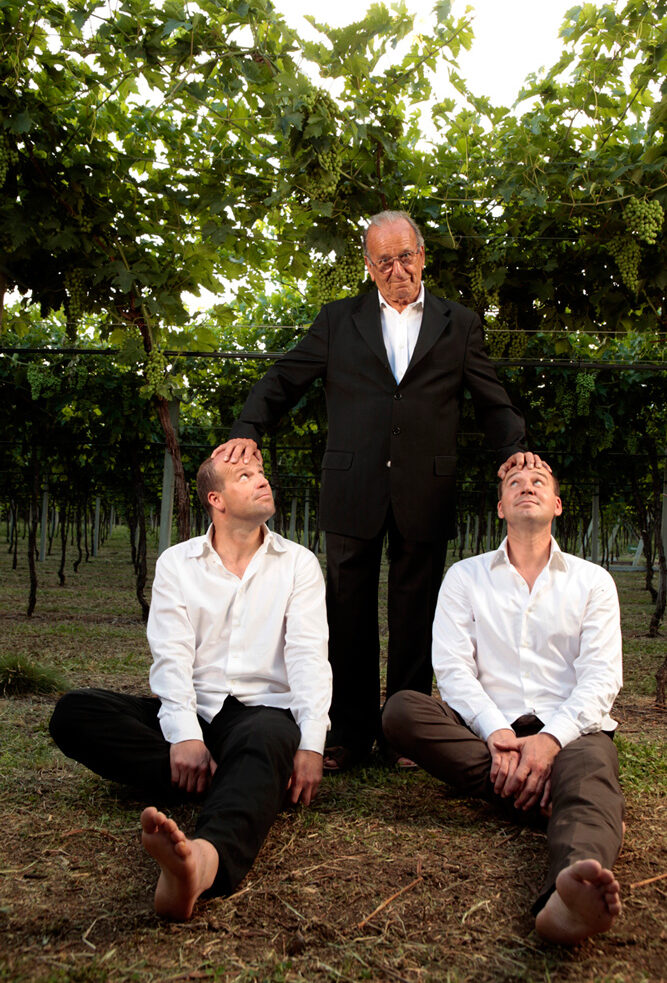
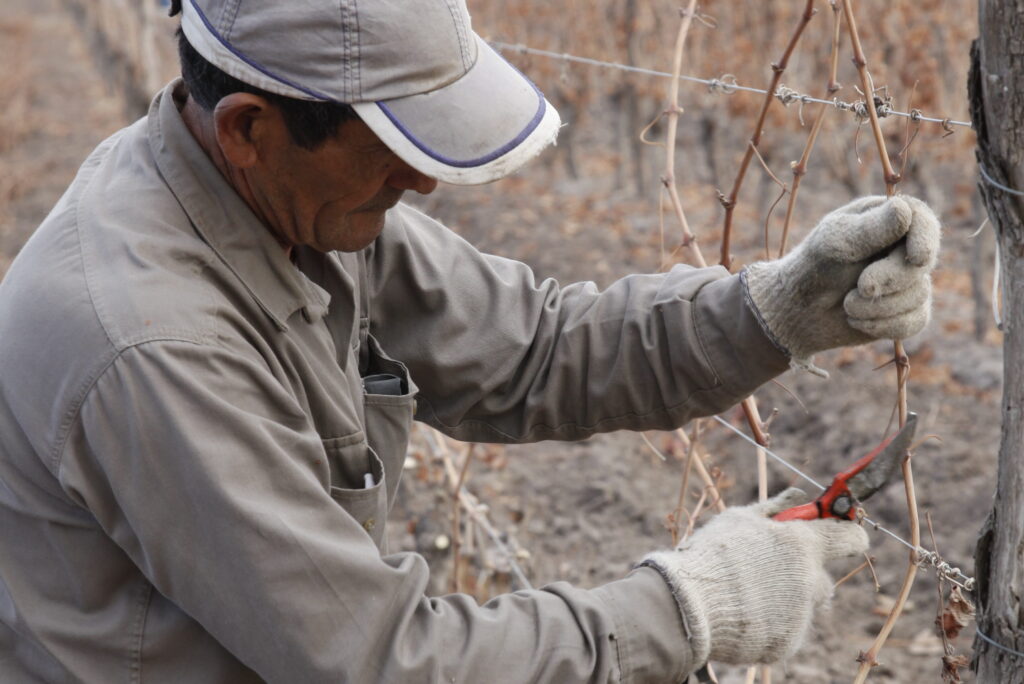
The land of Mendoza
Mendoza is the most important wine-making area in Argentina. For some time, it has also the “land of Malbec wine” with more than 1,200 wineries covering 80% of production. Mendoza boasts the highest peaks of the American continent, which are always snow-capped. The Andean preCordillera areas to the West are crossed by brimming rivers and present a panorama of vineyards, olive groves and perfumed fruit trees. This harmonious landscape extends for more than 2500 kilometres in longitude: from the province of Salta, by way of Mendoza as far as Rio Negro, the southernmost province; this is matched by a variety of altitudes, climates and soil types.
The soils themselves are deep, permeable and poor in organic matter – qualities that make this a special place for growing vines. Long, recurrent sunny days and significant thermal excursions also encourage good ripening and concentration of grape aromas and colors. The areas where vineyards are cultivated have a dry, arid climate with low levels of precipitation throughout the year, usually peaking in Summer. Humidity is limited. This is why healthy and lush vines grow throughout the year to yield impeccable grapes at harvest time.
Thanks to the altitude of the vineyards – starting from an altitude of 600 meters and reaching up as high as 1700 meters above sea level – leaf treatments in Mendoza are virtually non-existent or very low; consequently, environmental impact is minimal. This combination of factors undoubtedly makes Argentina a special oasis for the production of quality wines. Our company chose the village named “La Consulta” in the Mendoza area, located south of the Uco Valley in the San Carlos Department.
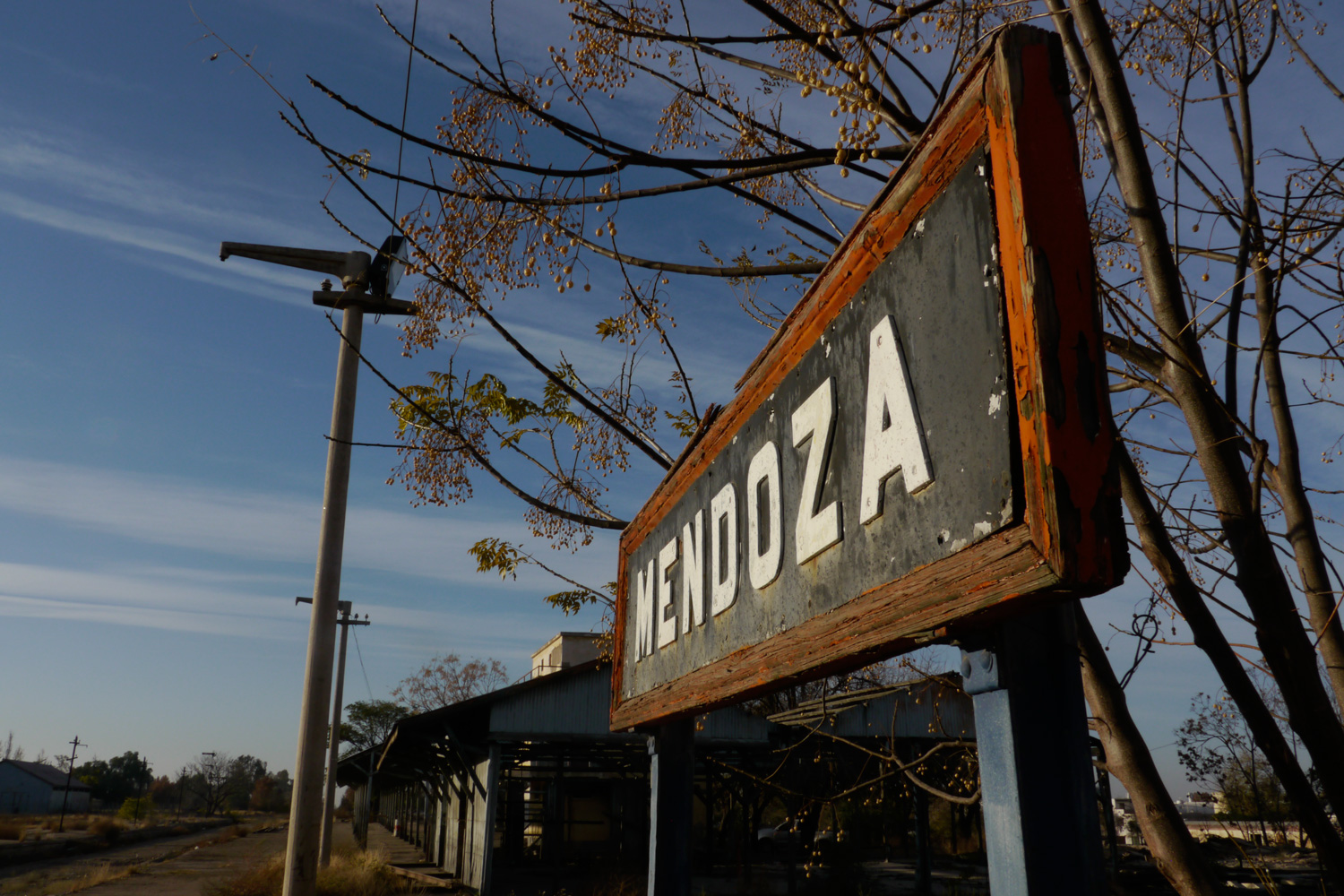
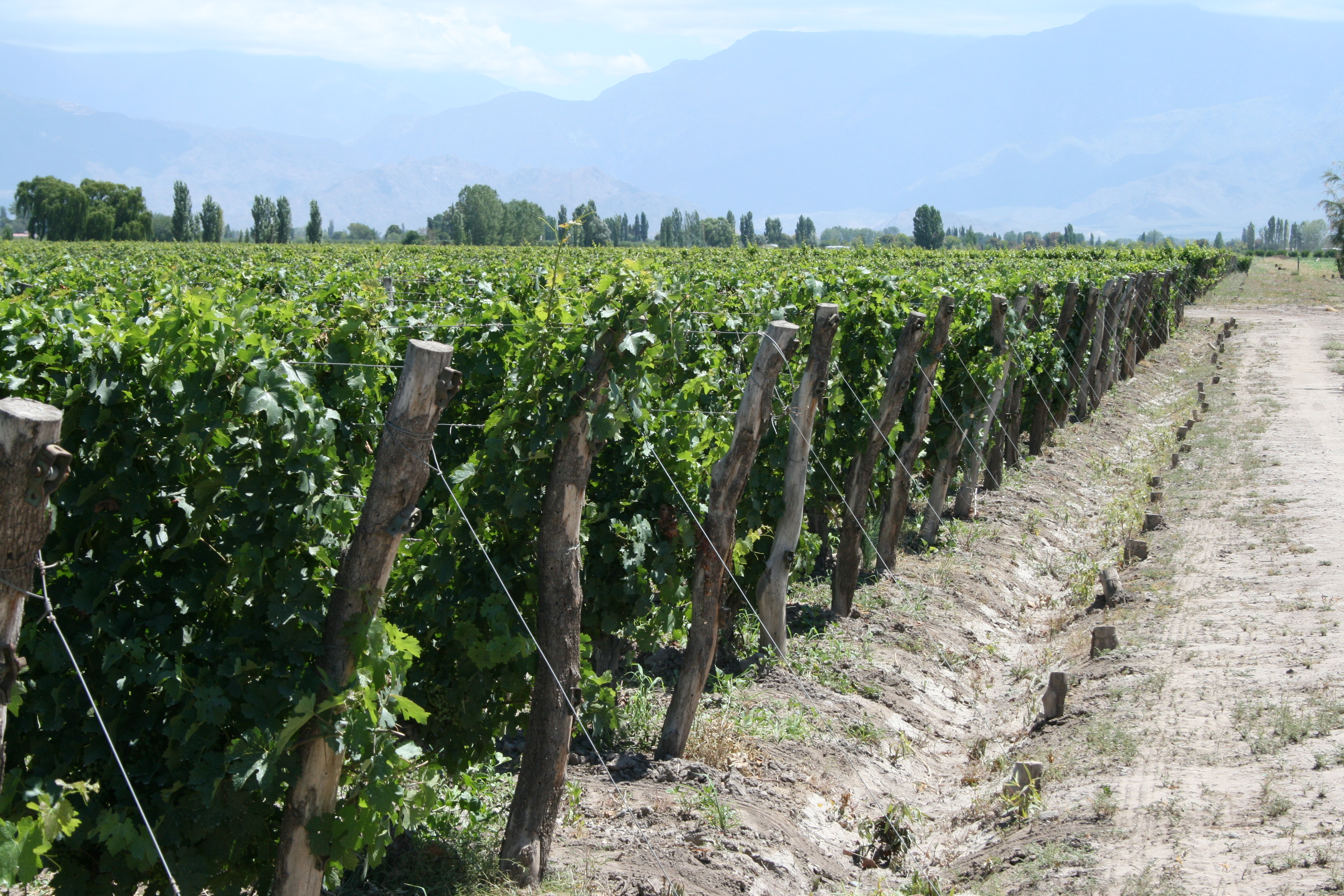
La consulta
In Autumn, the air wafting down from the peaks of the Andes into the heart of the valley and the village of “La Consulta” seems even fresher after a hot, sunny day. This is just one of the features that help identify a terroir. They are the special characteristics of this corner of the Uco Valley in the Province of Mendoza (Argentina) in Autumn. The most significant temperature excursions in the entire valley occur precisely here. High day-time temperatures in Autumn allow grape tannins to attain optimal ripeness. In the evening, as Autumn progresses, the air becomes significantly cooler, allowing the leaves and grape bunches to rest and thereby retain such excellent levels of acidity in the fruit. All this is astonishingly evident in the sensory tests carried out in April and is the special factor that makes the all difference. Such grapes mean that we can make wines with a strong personality that at the same time are also extremely elegant. There are scientific reasons that explain why vines such as Malbec, Tempranillo and Torrontés itself achieve such forms of expression as seen in this area. It all lies in the combinations of factors such as temperature, climate and substance and texture of the soil. Yet it is equally true that these vineyards stand out distinctly from the many populating our planet’s hillsides and valleys. And the beauty is that we do not fully understand the reason for such fine, different and unique results. The task of a wine-maker is to capture this uniqueness in the bottle.
The terrain
The alluvial soils around “La Consulta” combine clay, silt and sand. The characteristics of the soils in the Uco Valley are as follows. Around 1000 metres above sea level. The soils are mixed with red, dark grey and white stones 10-20 cm in diameter when closer to the river, as is the case of Finca Treguea, to the north-west of the village of “La Consulta”. Clay content varies in proportion, being compact when pure and less so when mixed with sand and silt. Land drainage – the ability to retain rainwater or irrigation – therefore varies as the composition of these soils changes. It is not unusual in the vineyards of El Hijo Prodigo winery to encounter different strata, with a layer of clay having an average thickness of about 50 cm followed by layers of alluvial soil. Among these, the presence of silt is more or less consistent in relation to sand and clay content. This kind of composition is found at Finca di Chacon, to the east of the village of “La Consulta”. The composition of these terrains also means that the grapes have high concentrations of antioxidants and resveratrol, a phenol studied in France that helps tone up the circulatory system.
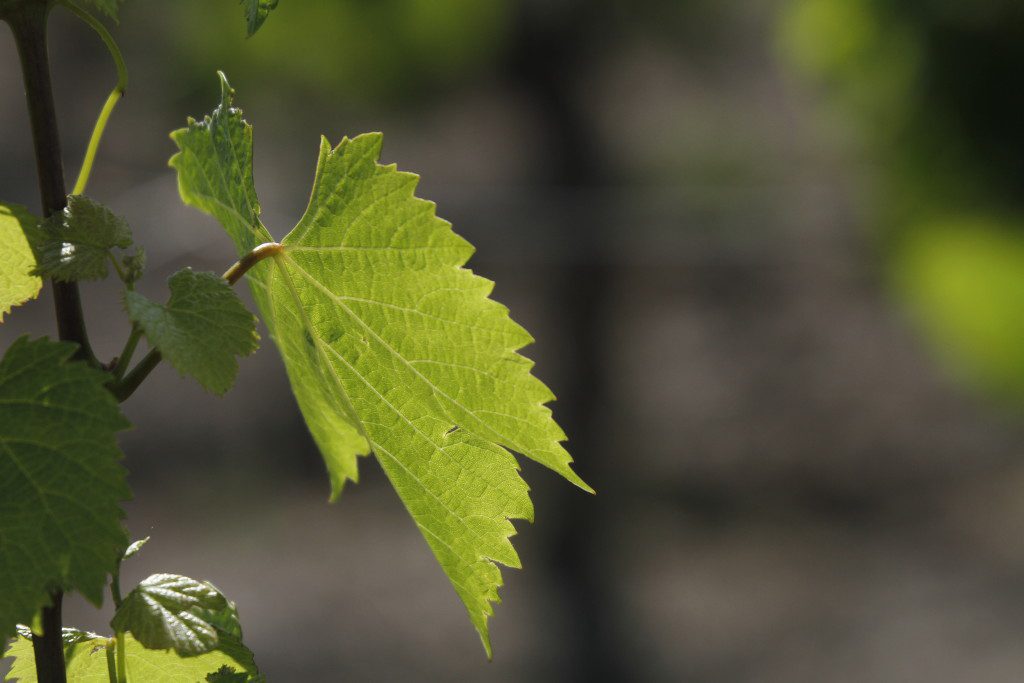
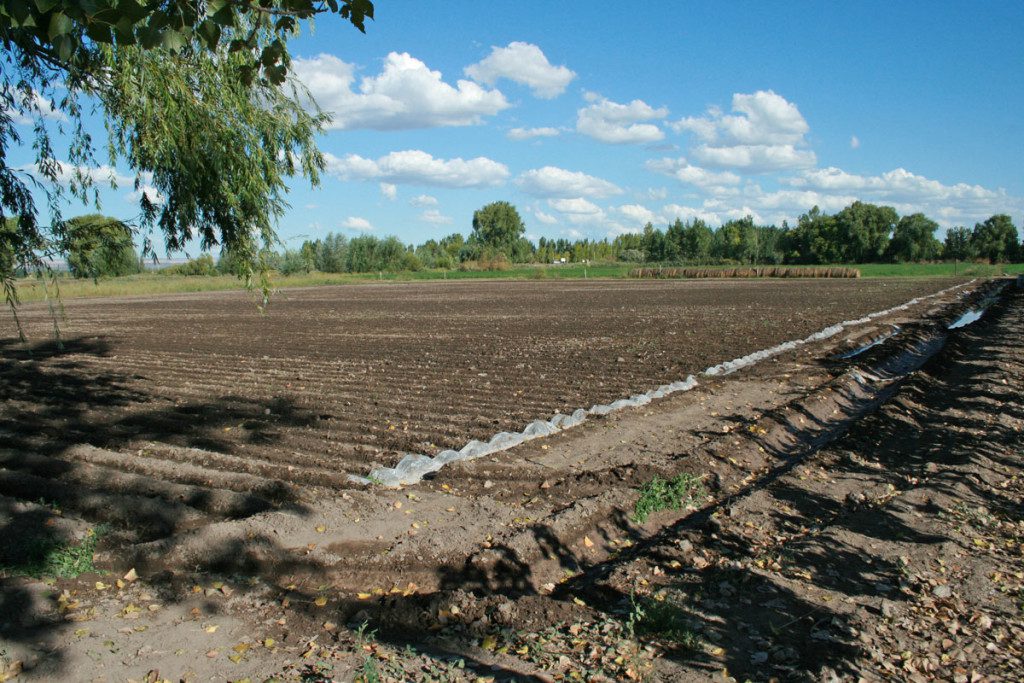
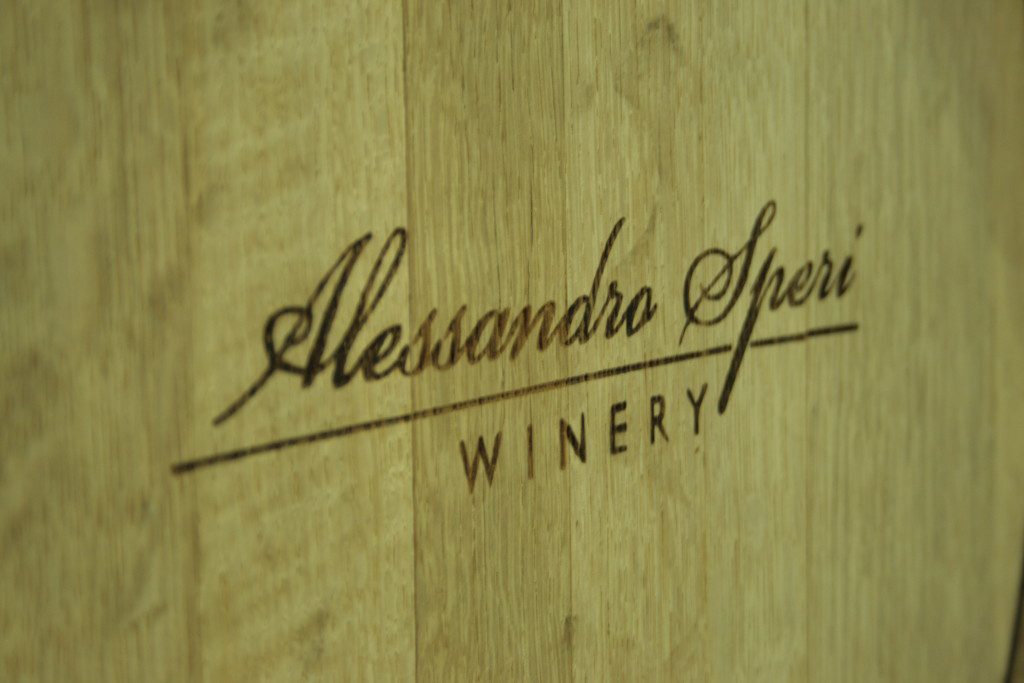
This Post Has One Comment
Comments are closed.
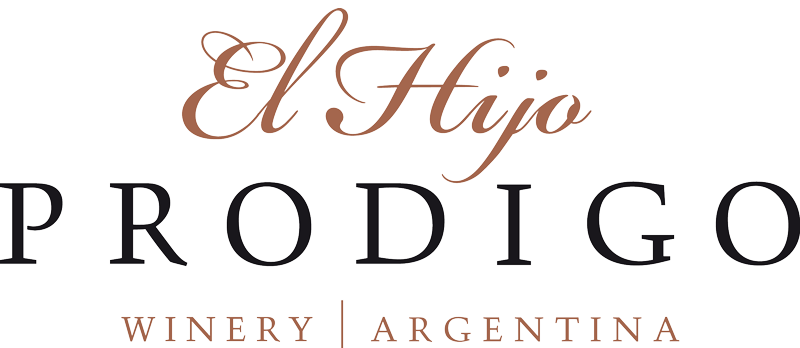
Pingback: Los vinos de El Hijo Pródigo » Nicolás Orsini Blog